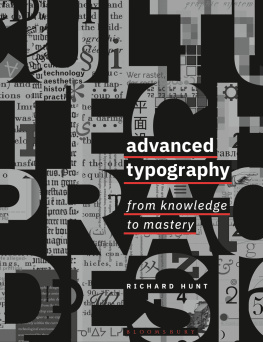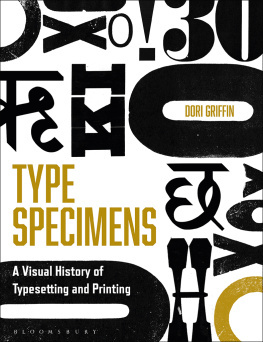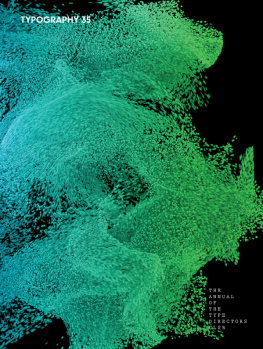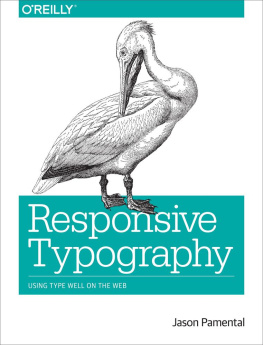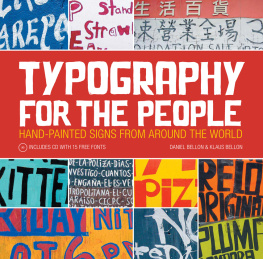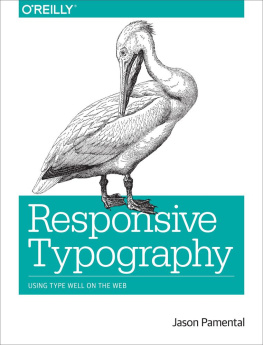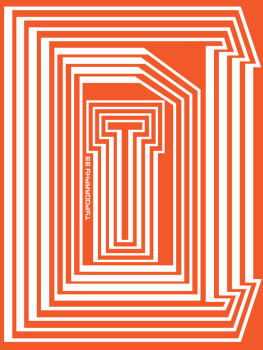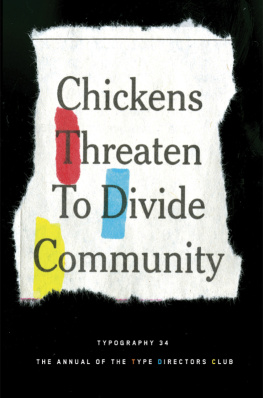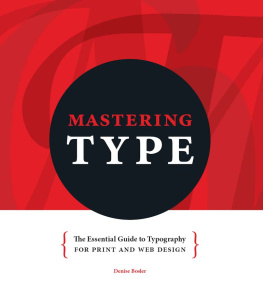
BLOOMSBURY VISUAL ARTS
Bloomsbury Publishing Plc
50 Bedford Square, London, WC1B 3DP, UK
1385 Broadway, New York, NY 10018, USA
This electronic edition published in 2020 by Bloomsbury Publishing Plc
BLOOMSBURY, BLOOMSBURY VISUAL ARTS and the Diana logo are trademarks of Bloomsbury Publishing Plc
First published in Great Britain 2020
Copyright Bloomsbury, 2020
Richard Hunt has asserted his right under the Copyright, Designs and
Patents Act, 1988, to be identified as Author of this work.
Cover and interior design: Richard Hunt
All rights reserved
You may not copy, distribute, transmit, reproduce or otherwise make available this publication (or any part of it) in any form, or by any means (including without limitation electronic, digital, optical, mechanical, photocopying, printing, recording or otherwise), without the prior written permission of the publisher. Any person who does any unauthorised act in relation to this publication may be liable to criminal prosecution and civil claims for damages.
Bloomsbury Publishing Plc does not have any control over, or responsibility for, any third-party websites referred to or in this book. All internet addresses given in this book were correct at the time of going to press. The author and publisher regret any inconvenience caused if addresses have changed or sites have ceased to exist, but can accept no responsibility for any such changes.
ISBN: 978-1-3500-5591-9 (PB)
ISBN: 978-1-3500-5593-3 (eBook)
ISBN: 978-1-3500-5592-6 (ePDF)
To find out more about our authors and their books please visit www.bloomsbury.com where you will find extracts, author interviews and details of forthcoming events, and to be the first to hear about latest releases and special offers, sign up for our newsletters .
Images:. Other images created by author or referenced in captions.
CONTENTS

Introduction
Typography, which began as the central technology of printing, remains the central technology of all graphic design. Typography is not just design with letters. It is communication of language. Typography classes are often taught as graphic design classes, with visual composition and the formal properties of letters as the main foci. Typographic conventions and subtlety often lack attention in both education and practice. Experimental type and compositions are technically easier to achieve than in the past, while deciding what direction to take has become more difficult, as the possible options have increased greatly. This also tends to focus attention on the visual possibilities, and take attention away from the communication of language.
Current media have changed the way that typography as a visual representation of language is produced, as well as changing the relationship of the designer and the viewer (and, we hope, reader), with that representation.
The most significant force in visual communication has been economic. Money has driven the development of communication technologies: the ratio of supply to demand for communication products (and everything else) has moved toward the supply side ever since the Industrial Revolution. Beginning with the development of writing, visual communication technology has become ever more important, with only a few exceptions, such as the loss of literacy in the Homeric Age in Greece, or the Middle Ages in Europe. Computers and online communication are only the most recent examples of this trend. Competition for readers and viewers has become increasingly fierce.
This book has several types of material in addition to the main text. They include:
material related to the main text that appears in grey boxes set into the text.
image pages, usually set with a grey background.
information of general interest related to typography, which appears under a red dotted rule.
practical tips, which appear in bold type with rules above and below.
quotations about typography, set in condensed red type.
marginal images with captions.
This evolution in visual communication since literacy first arose has been punctuated with technological milestones. The first of the two most significant is the printing press, which increased the availability of visual representation of language and resulting literacy by orders of magnitude.

